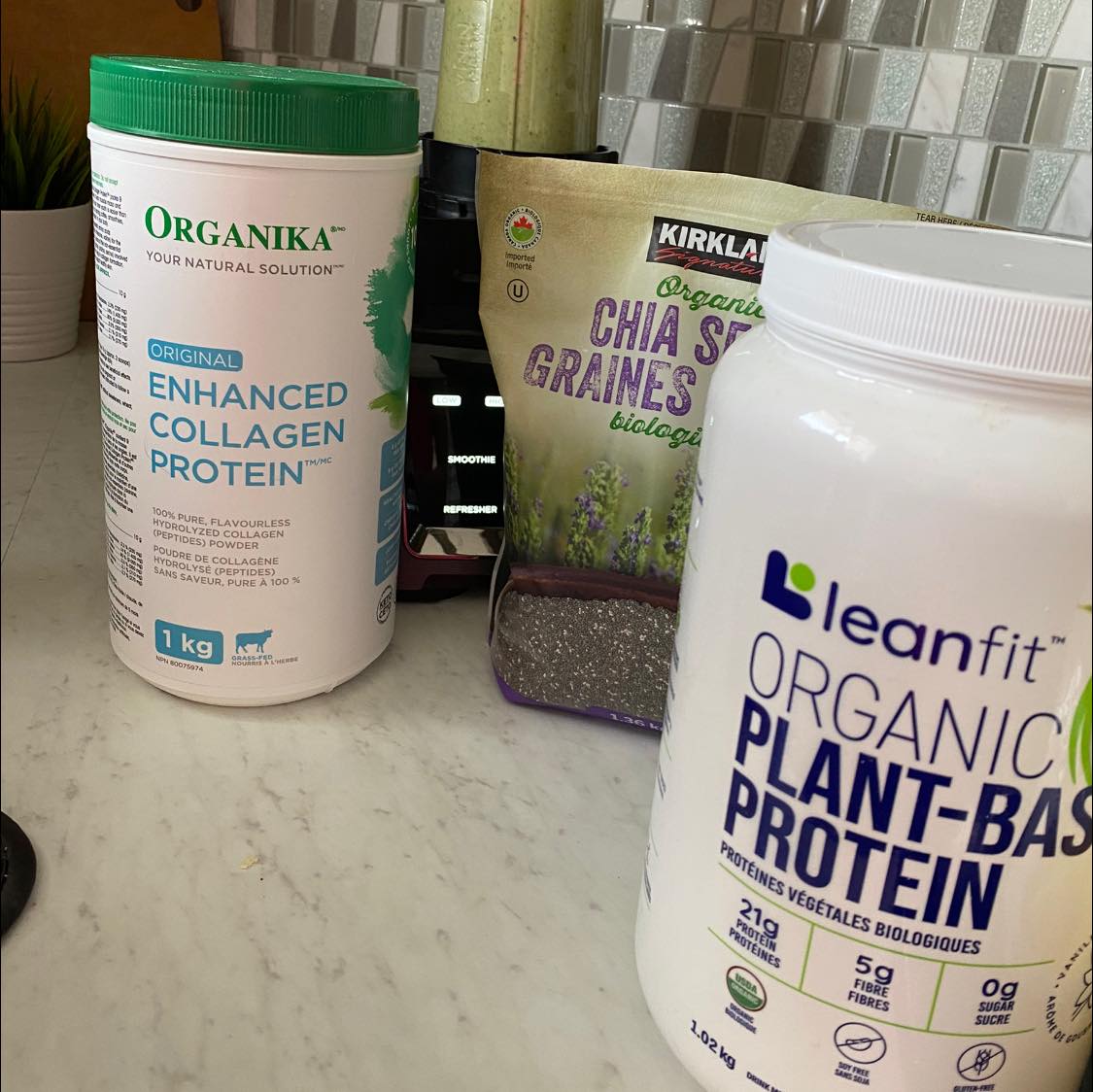Making Healthy Smoothies – 3 common mistakes & how to fix them (recipes included)
Healthy smoothies can be a great choice for a quick meal. However, common mistakes can leave you unsatisfied and hungry way too soon. Follow these tips to get the most from your smoothie!
A popular go-to among many health enthusiasts smoothies can make a quick snack, meal, or post-workout boost. Healthy smoothies are a convenient way to pack a lot of nutrients into one easy to handle cup. However, depending on how you are making them, they can not be doing as much good as we would like. With out the right balance and mix of ingredients our smoothies can leave us missing out and even crashing. Getting the right balance is essential to reaching our health goals. What’s even more, you need to find the right fit for you! Not sure what you need?
Explore your unique and individual needs with a 1-to-1 nutrition session.
3 common smoothie mistakes and how to easily fix them!
1) Loading up on all the fruit and skipping the veggies: Now hear me out! I am not here to tell fruit is bad for you! Bananas and berries are known to be the stars of smoothies. They are loaded with fibre and antioxidants[i]. However, just like any good thing moderation is key. When we add cups of fruit to our smoothie, we are also adding loads of sugar. Without the proper balance (See the next point) this can leave us riding the sugar rollercoaster.
FIX: Instead of using just fruit in your smoothie, add in veggies for a lower sugar yielding source of carbohydrates. Many vegetables blend up well in a smoothie and can add an extra punch of nutrients. My favourite vegetables to add are greens or cauliflower, both fresh and frozen. I recommend adding them in a 1 to 1 ratio to fruit.
2) Not adding fat: One key to balanced energy is constructing macronutrient balanced meals. We need all macronutrients (protein, fats and carbohydrates) to achieve this. Smoothies are no different. It is not hard to forget the carbohydrates as fruit and vegetables are often the base for a smoothie. Protein often is any easy add in the form of a protein powder. But sometimes fat is forgotten. This can lead to the same sugar rollercoaster as in Mistake #1 and leave you missing out on all the benefits of healthy fats.
FIX: Don’t forget the fat! Fat is an energy dense macronutrient that can plays many roles within the body[ii]. Fats can keep us full for hours with minimal elevation in blood sugar. Fats help fight inflammation and are building blocks for hormones to keep us happy. Sources of healthy fats that are easy to add to a smoothie are avocado, nut or seed butters, coconut oil, and/or omega 3 oils. One of my all-time favourites is MCT oil. Not only will these add energy, but they can also lend a creamy texture for a win-win!
3) Forgetting the Fiber:
Today’s food system leaves many lacking in daily fiber intake. Refined and processed foods that are so prevalent in our grocery stores often have their fiber removed. Health Canada states, “Canadian women need 25 grams of fibre per day and men need 38 grams of fibre per day. Most Canadians are only getting about half that much” [iii]. Fibre is a non-digestible carbohydrate that help you feel full longer, slow the rise of blood sugar and can help with bowel regularity. While the fruit and vegetables blended into smoothies can be a good source of fibre, don’t miss out on this perfect opportunity to add an extra boost.
FIX: Mix in nutrient rich, high fibre foods like chia seeds or ground flax seeds for an easy added boost of fibre. Chia seeds are among the most nutrient rich foods on the planet. One serving of chia seeds contain 11 grams of fiber, not to mention 4 grams of protein and 9 grams of fat (with 5 grams being omega 3)[iv]. Ground flaxseeds are also good sources of fibre and healthy omega 3 fats[v]. Instead of relying on boring “fibre” cereals or drinking cups of supplement fibre with little added value, blend these nutrient rich options into your tasty smoothie!
Bonus Tip: Use your healthy smoothie as an opportunity to get in extra nutrients. Powdered probiotics, liquid vitamin D, and buffered vitamin C are regulars in our family smoothies. It is a great way to support the whole family in healthy eating with out fuss & fighting.
Healthy Smoothie Template
1 cup of unsweetened milk (coconut or almond milk)
1 scoop of protein powder (organic, bone broth or collagen)
½ cup of frozen or 1 cup of fresh greens or vegetables of choice
½ cup of fruit (berries, banana or pineapple)
1 tbsp of healthy fat (coconut oil, omega liquid or nut butter)
Add 1 or 2 tbsp of Fiber Add-ins: chia seed, hemp hearts, freshly ground flax seed, psyllium husks

Option #1- Berry Blast
- 1 cup of unsweetened milk (coconut)
- 1 scoop of protein powder
- ½ cup of frozen cauliflower
- ½ cup of fruit (berries- I use blueberries)
- 1 tbsp of healthy fat (nut butter)
- Add 2 tbsp chia seed
Option #2- Tropical Green
- 1 cup of unsweetened milk (coconut)
- 1 scoop of protein powder
- 1 cup of fresh greens
- ½ cup of fruit (pineapple)
- 1 tbsp of healthy fat (coconut oil/ MCT oil)
- Add 2 tbsp of freshly ground flax seed
Add ingredients all together. Blend until smooth. Adjust thickness by adding water.
References
[i] https://www.healthline.com/nutrition/11-reasons-to-eat-berries
[ii] https://paleoleap.com/the-importance-of-fat/
[iii] https://www.canada.ca/en/health-canada/services/nutrients/fibre.html
[iv] https://www.healthline.com/nutrition/11-proven-health-benefits-of-chia-seeds#section1
[v] https://www.healthline.com/nutrition/benefits-of-flaxseeds


